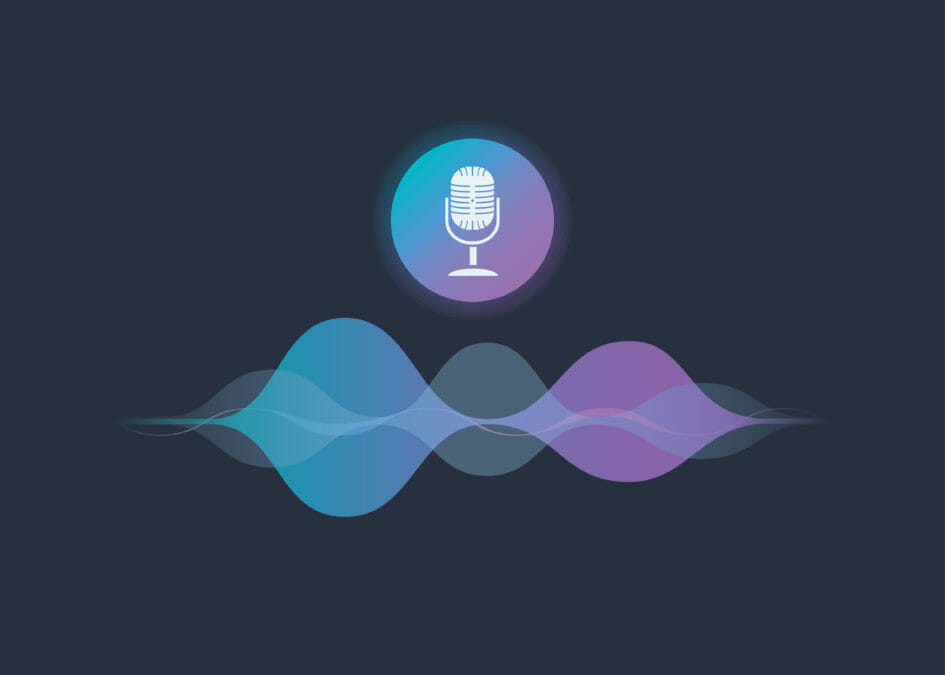Predicting future trends can be a tenuous business. However, you only have to look at the last couple of years to see the extent to which audio is growing. As technology becomes more advanced, personalised and on-demand, it diversifies and intensifies the way we listen. After years of visual dominance, audio is now best-positioned to span a larger number of touchpoints and adapt to changes in consumer media consumption in 2021.
This quickly proliferating screenless marketplace has already led to the decade being heralded as ‘the golden age of audio’, and it certainly sounds like 2021 will fit in to that bracket. Based on a series of interviews with top brands, amp have identified the areas of audio branding and tech innovation in which brands will be making noise with next year.
1. Developing brand voice – engineering differentiation
For the third consecutive year, the use of voice-enabled devices to enable purchasing has increased faster than any other type of connected commerce. As brands explore how voice can engage audiences at various steps of their buying journey, it will be increasingly critical that they can create differentiated voice experiences to set themselves apart from the competition.
How a voice first approach will leave business leaders speechless
Thus far, many brands have been leveraging voice assistants already built in to smart speakers, but this is not an effective way to engage audiences due to the uniformity of the voice making it difficult to distinguish between brand and assistant. Hence, amp predicts that 2021 will see a surge in brands creating their own voice profiles to increase memorability across devices and platforms.
This will involve more sophisticated techniques to develop voice with considerations made for brand attributes right through to audience preferences, for example, creating multiple iterations for different divisions, products or geographical regions. Crucially, the voice will sound nothing like past robotic, artificial voices, but a seamless rendition through a blend of real human voice with synthetic and AI resources. Further, AI-based ‘deep learning’ is likely to support voice assistants taking on life of their own, becoming smarter to numerous conversational cues while remaining ‘on-brand’.
2. UX will get louder
A well-designed interface with sound can be profoundly effective, conveying nuance as well as emotion and urgency, without adding to the visual clutter that has characterised modern technology. Yet, brand marketers and product designers have not been utilising sound for the consumer experience. This seems to be changing.
Take automotive, for example. In 2019, car manufacturers – after spending decades removing sounds to make cars quieter – have been designing sounds back in. Muscle cars and hot rods sound strange when they’re quiet, so rich artificial engine sounds are designed, digitised, and piped in through vehicle speaker systems to the joy of many road users.
The AI technology race: overcoming simulation hurdles to expedite the fully autonomous vehicle
More recently, the importance of sound to user experience (UX) has been made profoundly obvious due to Covid-19 and its resulting acceleration of digital transformation. The growth of e-commerce has brought issues such as security and fluidity to the fore. This year, Mastercard, Visa and Amex all added sound to point-of-sale transactions to create feelings of security. As the marketplace becomes increasingly screenless, amp predicts this trend will gain more traction in 2021, and a growing number of brands will invest in their own unique audio UX for digital commerce.
3. Immersive audio will adopt a 360 approach
Technically, immersive audio isn’t a new technology. Dolby Atmos, for example, has already been used extensively in movie production and gaming. However, this year the technology has been edging further in to the mainstream as select artists such as Billie Eilish begin to experiment with its capabilities.
However, immersive audio has not yet been seized by brand marketing leaders despite the growth of audio touchpoints. As consumers spend more time at home, brands need to find ways of taking better, more unique experiences to them. As such, 2021 will see immersive audio used by more brands to transform the way they sound.
The foundations for brands to use immersive sound have already been laid with the technology already integrated into the vast majority of devices and channels from headphones, Hi-Fi stereos and smart speakers to laptops, theatres and cinemas. With 360-degree audio, brands will be able to create advertising sounds that appear as if they’re coming from above, below, behind, in front and from different distances. A powerful marketing tool to bring brand messages to life.
Its commercialisation is also bound to lead to brands further wielding the technology for recognition, creating the feeling that we are being directly spoken to by the brand to build trust and engagement.











